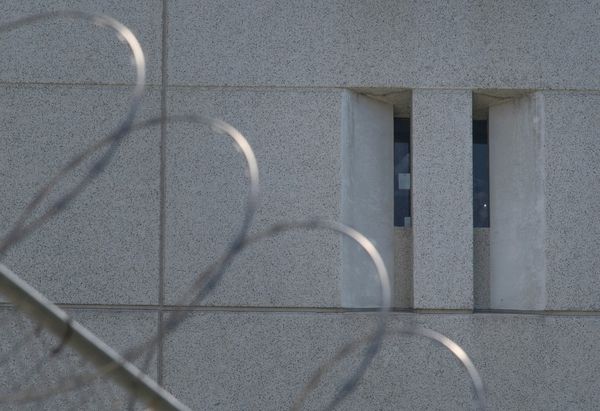
Your editorial (21 November) is right to say there has been underinvestment in ensuring an adequate supply of affordable homes. There has also been underinvestment in ensuring existing homes do not threaten the health or life of occupiers.
This includes ensuring landlords and agents understand the risks and that councils have the resources to step in if they fail. In 2004, the government funded training of environmental health officers on the housing health and safety rating system (HHSRS). There was no similar training for housing officers.
Too many housing associations seem to think that because they were exempt from licensing under part of the 2004 Housing Act, they were exempt from all provisions of that act. They also failed to realise that, by definition, any home with a totally unacceptable health hazard (termed a category 1 hazard) is non-decent by failing the first criterion of the decent homes standard.
When the HHSRS was brought in, it was recommended to the government that there needed to be an easy way for users to keep up to date with health research to ensure that all risks could be fully assessed. This was not followed up, as was found by the coroner at the inquest for Awaab Ishak.
Finally, the HHSRS (said to be currently under review) enabled the Building Research Establishment (BRE) to assess the real cost to the NHS of poor housing in England and in Wales. For England alone, the BRE estimated that category 1 hazards could be costing the NHS £1.4bn a year in treatments. This ignores the potential cost to society of deaths caused by poor housing.
David Ormandy
Professor and visiting academic, Warwick Law School
Dr Stephen Battersby
Vice-president, Chartered Institute of Environmental Health
• Have an opinion on anything you’ve read in the Guardian today? Please email us your letter and it will be considered for publication.







